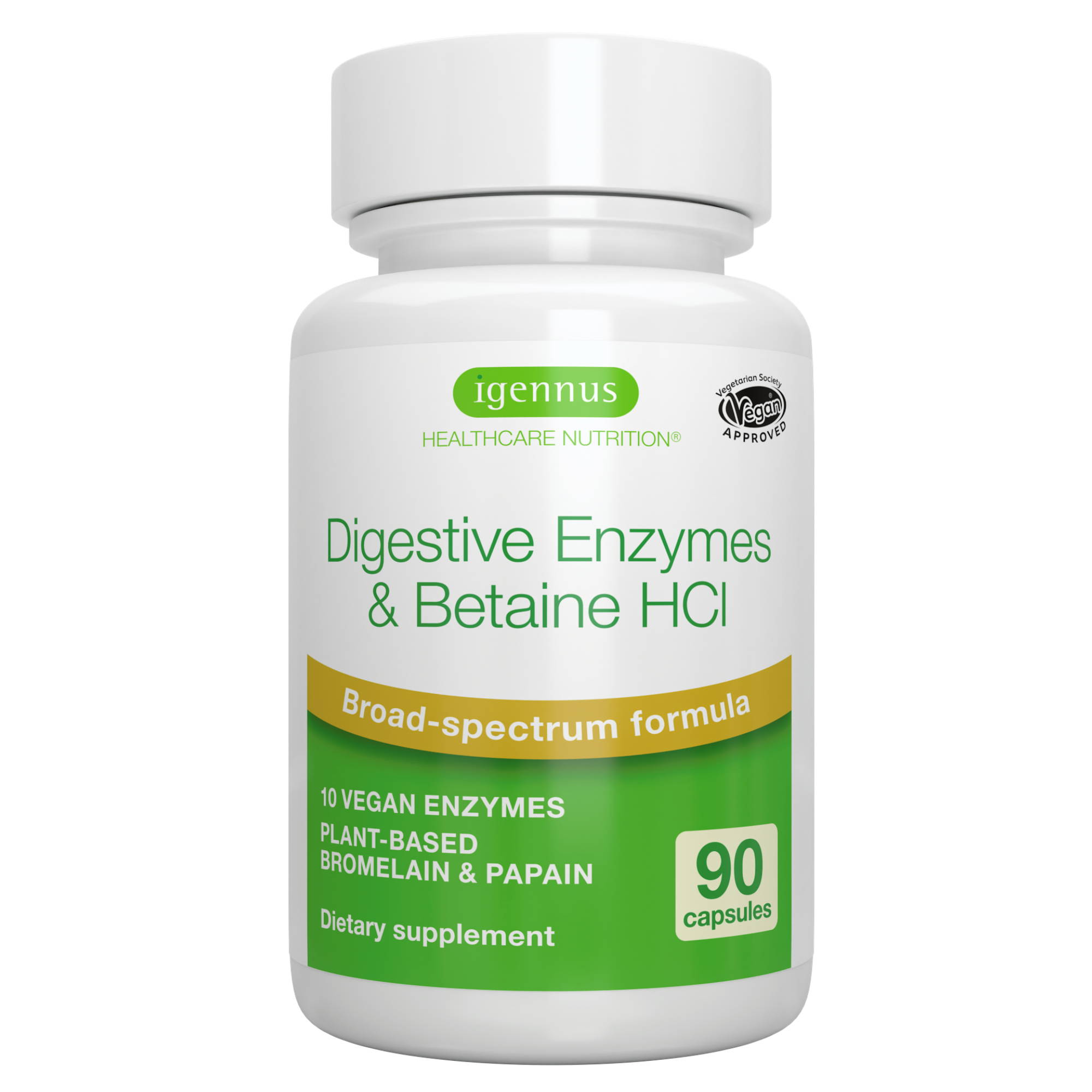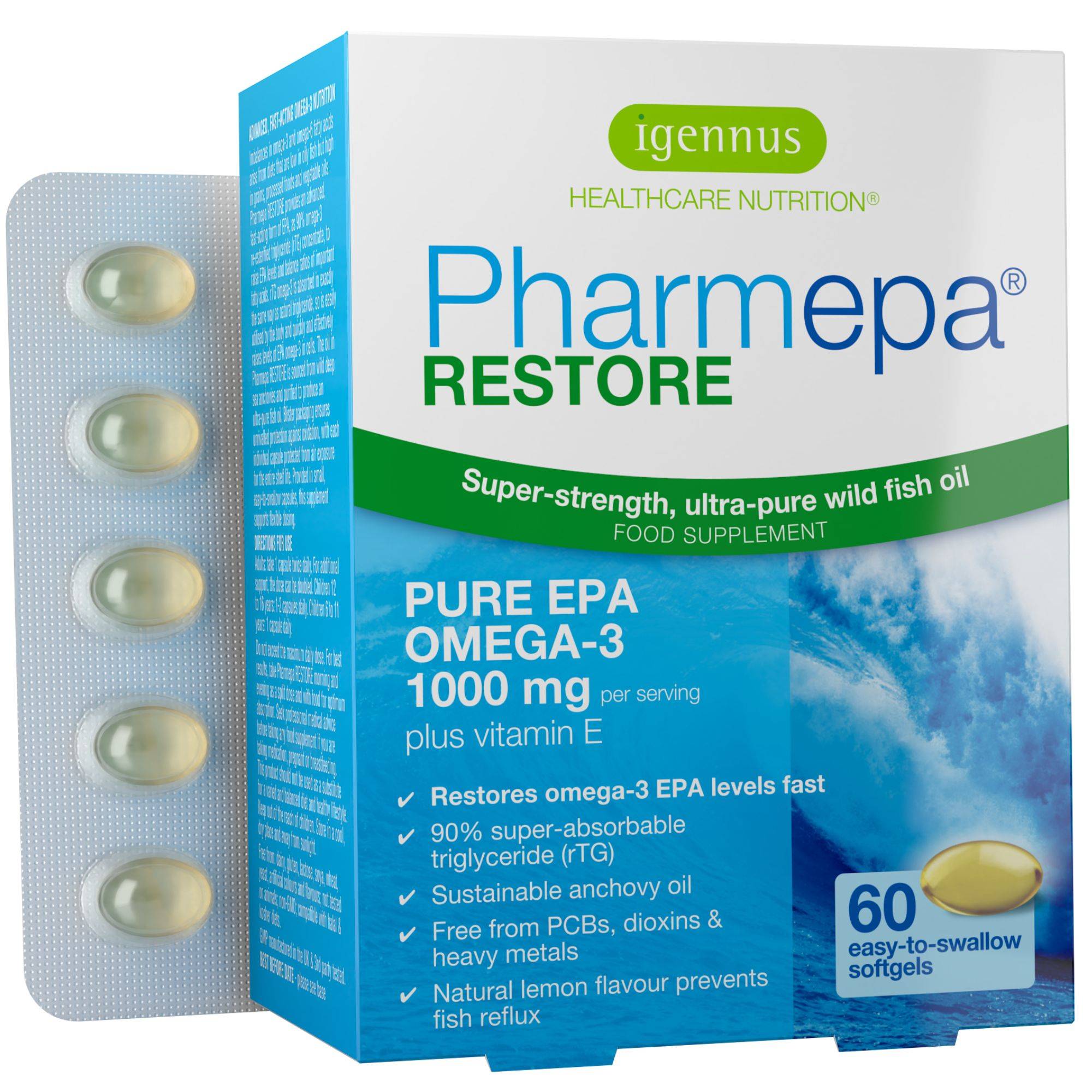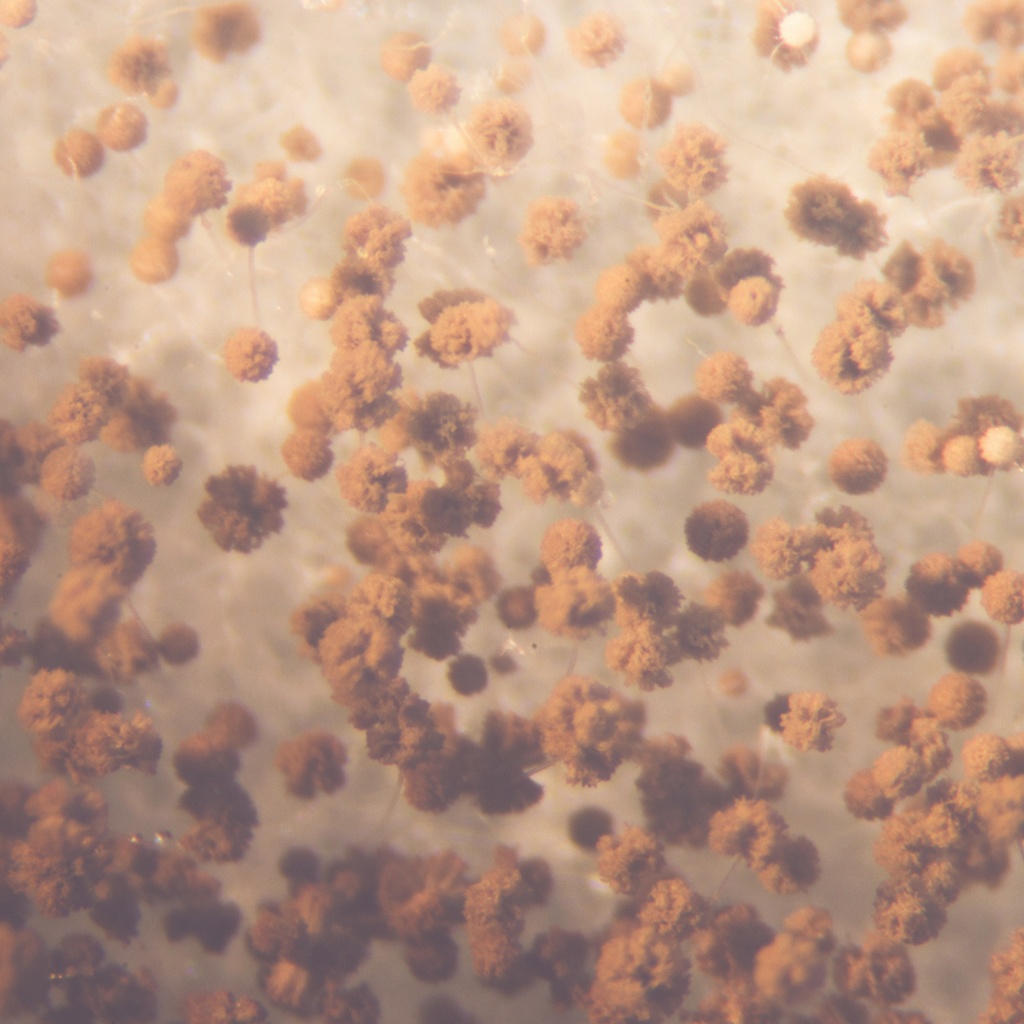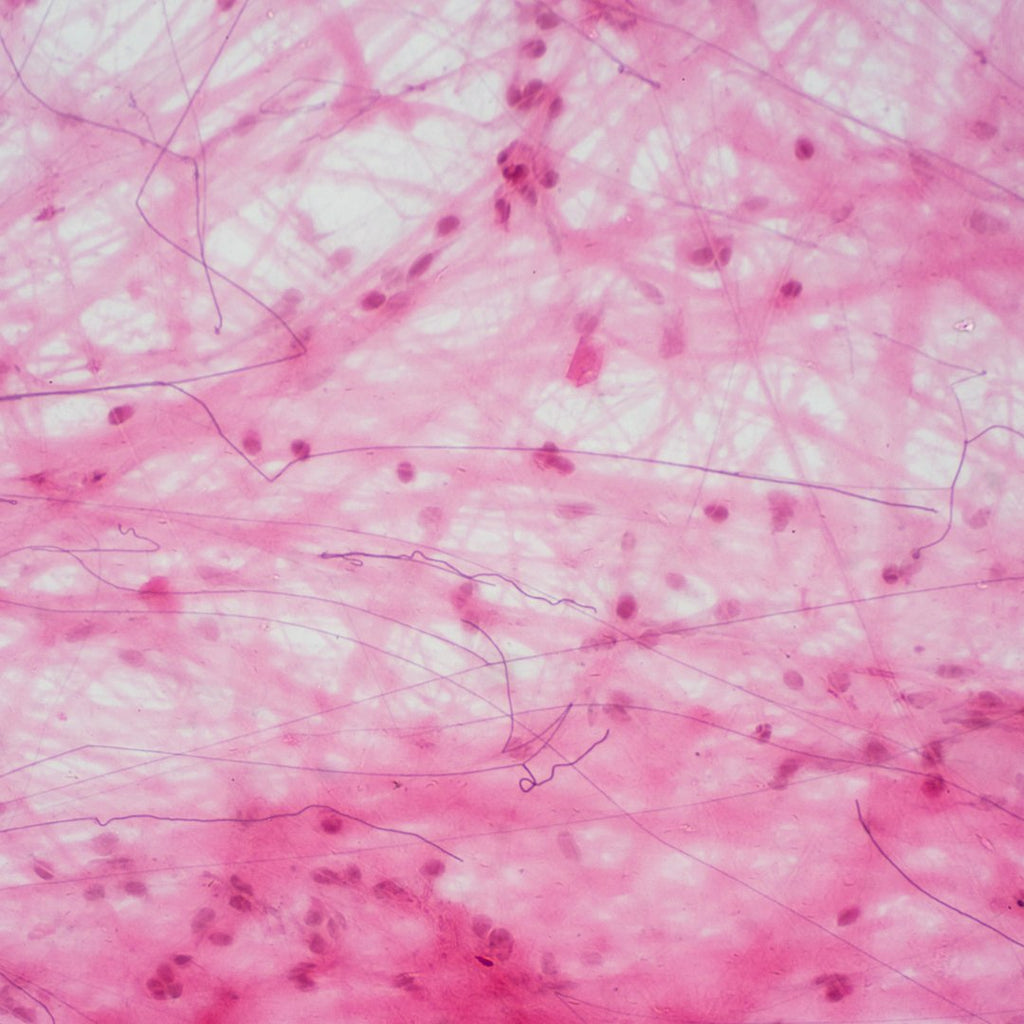Predominantly inhabiting the large intestine, gut bacteria can also migrate to the small intestine, an area usually devoted to assimilating nutrients from liquified food, not a place suited to hosting a large amount of bacteria.
Small Intestinal Bacterial Overgrowth, more commonly known by its acronym SIBO, is becoming more widely recognised and understood now that we have tests to identify the problem. An overgrowth of yeast is also a possibility, meaning it’s not strictly SIBO, but SIFO (fungal overgrowth), a common culprit being candida yeast.
When these microbes move up too high into the small intestine, this results in sensitivity, inflammation, reduced absorption of nutrients, and offers a feeding ground for the bacteria, causing fermentation and gas production. This, in turn, results in bloating, flatulence, abdominal pain and diarrhoea.
How to spot signs and symptoms for SIBO
As digestive symptoms can overlap wildly between digestive conditions, being able to differentiate between groups of symptoms is key when deciding on tests and nutrition protocols. If conditions such as inflammatory bowel disease and coeliac disease have been ruled out by a GP, delve into the specific symptoms.
Bloating and diarrhoea may be common to both IBS and SIBO, but gas production in the form of burping is more specific to SIBO. Feeling nauseous or a feeling of being constantly full and food not easily passing through can also be a sign of slow motility, common in those with SIBO. (1)
Fatigue may also be a side effect due to the lowered absorption of vitamins and minerals, especially iron and B12, which could lead to anaemia. Fat-soluble vitamins A, D, E and K may also be poorly absorbed. These deficiencies may present with dry skin, brittle hair and nails, dizziness and frequent colds.
It is common to see inflammatory skin issues for individuals with SIBO, especially rosacea. (2) Other inflammatory skin issues, including acne and eczema, may also be exacerbated with increasing redness.
When to suspect SIBO?
Anyone can have SIBO, however certain groups of people are more likely to than others, especially those with gut motility issues (e.g. hypothyroidism, diverticulosis and diabetes) and existing bowel diseases which may affect the ability to break down food properly. SIBO is particularly prevalent in those with inflammatory bowel diseases, pancreatitis, hypothyroidism, and IBS. (3-6)
Also consider those who have experienced a bout of food poisoning or may have a history of frequent courses of antibiotics, resulting in vulnerability to bacterial infection. Individuals using Proton Pump Inhibitor medication (to reduce stomach acid production) may also be more likely to have SIBO. (7)
How to test for SIBO
If you suspect SIBO may be the issue, there is a simple test which measures the gas produced in the breath after consuming lactulose (in a fasted state). If high levels of methane and hydrogen are detected, this identifies an overgrowth of bacteria feeding on carbohydrates in the small intestine.
SIBO often coincides with other types of bacterial imbalances, yeast overgrowths, or even parasites in the large intestine, so it may be worth doing a comprehensive digestive stool analysis to rule these out too. There’s usually more than one digestive issue to address.
The 10-week SIBO protocol
Step 1 – Identify the cause
As you are probably aware, before starting any nutritional protocol, it’s important to get a good overall understanding of your client’s medical history. SIBO is no different - the more you investigate, the more likely you are to understand the cause, which may help you to tweak their protocol to be personalised to them. If someone has a history of regular use of antibiotics, for example, you may want to consider a high dose and broad-spectrum probiotic early on, such as Live Cultures+. Although antibiotic therapy for SIBO has been shown to be effective initially, recurrence is high, so nutrition intervention is usually needed for long-term elimination. (8)
Step 2 – Support basic eating habits
Whatever the cause, whether slow motility, insufficient ability to break down food, or food sensitivities, there are a few aspects in common to all these issues, which can be used to give the digestive system a break.
The first step is to concentrate on digestion within the mouth. Telling people to ‘chew more’ doesn’t quite cut it when it comes to habit change; however, incorporating new environments and routines for eating can increase the likelihood of proper chewing. Meals should, ideally, be eaten at a table, from a plate, with the individual focusing on and appreciating the food. Eating on the go and multitasking while eating a meal are common causes for gulping down unchewed food, leaving big chunks that the stomach struggles to deal with adequately.
Timing of eating and the size of meals can also affect the health of the digestive tract. Both binge-eating and snacking may be to blame. Over-eating can cause significant stress on the stomach and small intestine, with undigested food more likely to cause inflammation. Snacking too often also stimulates digestive juices, prolonging gut healing time. 3 main meals a day would be ideal, and up to 2 low-carbohydrate snacks a day would be fine, to reduce additional fermentation in the small intestine between meals.
Where there is significant bloating and gas, and a long gastric emptying time (i.e. feeling over-full for more than 2 hours after eating a meal), you may also want to consider a digestive enzyme supplement. The best digestive enzymes for SIBO should contain betaine hydrochloride (HCl) to optimise stomach acidity.
Step 3 – Control the bacteria
Natural antimicrobial herbs for SIBO (including a blend containing berberine and oregano oil) have been shown to be at least as effective as antibiotic medication for resolution of SIBO, so should play a vital role in treating the condition. (9) Ensure you recommend a herbal antimicrobial intervention for 6 weeks. 4 weeks of treatment may appear to resolve the issue, but then reoccurrence is common. Also, using a wide variety of herbs at a lower dose may be more effective than using one herb at a high dose.
Probiotics can be given alongside antimicrobials to try and establish certain beneficial strains. Bifidobacterium has been shown to combat SIBO and Lactobacillus probiotic taken alongside antibiotic treatment for SIBO has been shown to improve outcomes, with abdominal pain often disappearing completely. (10, 11) Consider introducing a probiotic supplement containing both of these strains, a week after herbs have been recommended. Spacing out the introduction of herbs and probiotics may help to identify if one or the other is causing new symptoms.
Step 4 – Temporarily eliminate aggravating foods
‘Temporarily’ is the key word here. Digestive complaints and negative associations with foods can lead to very restrictive diets, and with dairy and gluten often cut out of the diet by this point, following a strict diet long term does not fix the root cause, but simply masks the body’s inability to cope with them for now.
A low-FODMAP diet (low in fermentable carbohydrates, such as cabbage, legumes, onion, dairy and some fruits) can be very effective at managing symptoms of bloating as you are limiting the food source for the bacteria, meaning less gas by-products are produced. Dietary FODMAPs induce prolonged hydrogen production in the intestine and influence the amount of methane produced. (12) A low-FODMAP diet also significantly reduces histamine levels by 8-fold, which could explain improvements seen in inflammatory skin conditions. (13)
Following a low-FODMAP diet for 2-4 weeks is a very effective tool for lowering fermentation for long enough to initiate gut healing. This can be done at the same time as taking the antimicrobial herbs, although it’s best to start the low-FODMAP diet after introducing probiotics, roughly during week 3.
It is important to note that this diet is not a permanent fix as reducing FODMAPs only results in a temporary reduction in symptoms. There is no set diet for small intestine bacterial overgrowth. As prebiotic foods in FODMAPs are very beneficial to the diversity of bacteria in the gut, a low-FODMAP diet is not beneficial long term.
Step 5 – Gut healing supplements
Following on from a low-FODMAP diet, this is a perfect time to include the best supplements for SIBO, to calm inflammation and promote healing for the gut lining. Fish oils have potent anti-inflammatory properties and have been shown to reduce pain caused by inflammatory bowel disease. (14) A high-dose fish oil containing 1000mg EPA is recommended. Healing supplements, such as L-glutamine for SIBO, may also help by stimulating the growth of the small intestinal mucosa. (15)
Depending on your client’s diet and other symptoms, such as fatigue, you can also identify and correct any nutritional deficiencies caused by lack of absorption in the small intestine.
Step 6 –Introduce prebiotic foods
When 2-4 weeks have passed on a low FODMAP diet, these individual foods can then be gradually reintroduced, ideally one food at a time. Keeping a ‘food and symptom diary’ would be useful at this stage to identify any foods which significantly worsen symptoms on reintroduction; they may then be excluded for a longer period of time.
Fermented foods, such as kombucha, sauerkraut and kimchi, should be introduced very slowly for SIBO. These are highly beneficial in the long term but may cause symptoms of bloating in the short term if the SIBO has not been controlled to a healthy level.
Summary
Once SIBO is confirmed by testing, the goal of the SIBO protocol is to ease stress on the digestive system, clear the bacterial overgrowth with antimicrobials, introduce healthy strains of bacteria, temporarily reduce aggravating foods, such as FODMAPs, allow the gut lining to heal with the support of SIBO supplements, such as l-glutamine, reduce inflammation with omega-3 EPA, and gradually reintroduce FODMAPs with a nutrient-rich diet to replenish essential nutrients the body hasn’t been absorbing well.
Igennus supplement recommendations
Digestive Enzymes & Betaine HCl
Expertly formulated to support the digestion of food and maximise nutrient bioavailability, this advanced formula provides a broad range of vegan-certified digestive enzymes to support the breakdown of fat, protein, carbohydrates, lactose and plant fibre. Boosted with betaine hydrochloride (HCl) to optimise stomach acidity, providing comprehensive support.
Live Cultures+ Lab4 Probiotics®
Expertly formulated to provide a potent dose of live bacteria, calcium and vitamin A. This unique vegan blend helps to restore friendly gut bacteria, protects the gut lining and supports the production of digestive enzymes.
Pharmepa RESTORE pure EPA omega-3 delivers a loading dose of 1000 mg EPA with two small softgels. Concentrated to 90%, the oil is triple the strength of an ordinary fish oil. Derived from sustainable wild anchovy oil, the oil is molecularly distilled to ensure an ultra-pure oil.
References
(2) Parodi A, Paolino S, Greco A, Drago F, Mansi C, Rebora A, Parodi A, Savarino V. Small intestinal bacterial overgrowth in rosacea: clinical effectiveness of its eradication. Clin Gastroenterol Hepatol. 2008 Jul;6(7):759-64.
(3) Greco A, Caviglia GP, Brignolo P, Ribaldone DG, Reggiani S, Sguazzini C, Smedile A, Pellicano R, Resegotti A, Astegiano M, Bresso F. Glucose breath test and Crohn's disease: Diagnosis of small intestinal bacterial overgrowth and evaluation of therapeutic response. Scand J Gastroenterol. 2015;50(11):1376-81.
(4) Therrien A1, Bouchard S1, Sidani S1, Bouin M1. Prevalence of Small Intestinal Bacterial Overgrowth among Chronic Pancreatitis Patients: A Case-Control Study. Can J Gastroenterol Hepatol. 2016;2016:7424831.
(5) Anant D. Patil. Link between hypothyroidism and small intestinal bacterial overgrowth. Indian J Endocrinol Metab. 2014 May-Jun; 18(3): 307–309.
(6) Chu H1, Fox M2, Zheng X1, Deng Y1, Long Y1, Huang Z1, Du L1, Xu F1, Dai N1. Small Intestinal Bacterial Overgrowth in Patients with Irritable Bowel Syndrome: Clinical Characteristics, Psychological Factors, and Peripheral Cytokines. Gastroenterol Res Pract. 2016;2016:3230859.
(7) Liang S1, Xu L, Zhang D, Wu Z. Effect of probiotics on small intestinal bacterial overgrowth in patients with gastric and colorectal cancer. Turk J Gastroenterol. 2016 May;27(3):227-32.
(8) Lauritano EC1, Gabrielli M, Scarpellini E, Lupascu A, Novi M, Sottili S, Vitale G, Cesario V, Serricchio M, Cammarota G, Gasbarrini G, Gasbarrini A. Small intestinal bacterial overgrowth recurrence after antibiotic therapy. Am J Gastroenterol. 2008 Aug;103(8):2031-5.
(9) Chedid V1, Dhalla S2, Clarke JO3, Roland BC4, Dunbar KB5, Koh J6, Justino E7, Tomakin E8, Mullin GE9. Herbal therapy is equivalent to rifaximin for the treatment of small intestinal bacterial overgrowth. Glob Adv Health Med. 2014 May;3(3):16-24
(10) Liang S1, Xu L, Zhang D, Wu Z. Effect of probiotics on small intestinal bacterial overgrowth in patients with gastric and colorectal cancer. Turk J Gastroenterol. 2016 May;27(3):227-32.
(11) Khalighi AR1, Khalighi MR, Behdani R, Jamali J, Khosravi A, Kouhestani Sh, Radmanesh H, Esmaeelzadeh S, Khalighi N. Evaluating the efficacy of probiotic on treatment in patients with small intestinal bacterial overgrowth (SIBO)--a pilot study. Indian J Med Res. 2014 Nov;140(5):604-8.
(12) Ong DK1, Mitchell SB, Barrett JS, Shepherd SJ, Irving PM, Biesiekierski JR, Smith S, Gibson PR, Muir JG. Manipulation of dietary short chain carbohydrates alters the pattern of gas production and genesis of symptoms in irritable bowel syndrome. J Gastroenterol Hepatol. 2010 Aug;25(8):1366-73.
(13) McIntosh K1,2, Reed DE1, Schneider T1, Dang F1, Keshteli AH3, De Palma G4, Madsen K3, Bercik P4, Vanner S1. FODMAPs alter symptoms and the metabolome of patients with IBS: a randomised controlled trial. Gut. 2017 Jul;66(7):1241-1251.
(14) Schwanke RC1, Marcon R1, Bento AF1, Calixto JB2. EPA- and DHA-derived resolvins' actions in inflammatory bowel disease. Eur J Pharmacol. 2016 Aug 15;785:156-164.
(15) Wang B1, Wu G1,2, Zhou Z3, Dai Z1, Sun Y1, Ji Y1, Li W1, Wang W1, Liu C1, Han F1, Wu Z4. Glutamine and intestinal barrier function. Amino Acids. 2015 Oct;47(10):2143-54.









